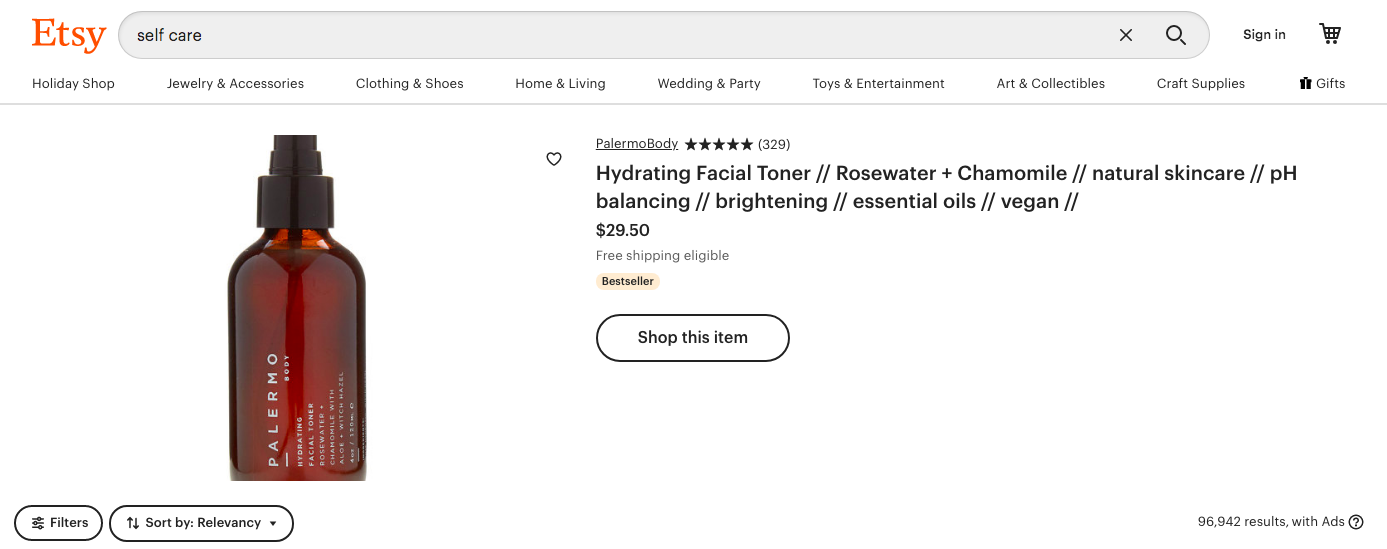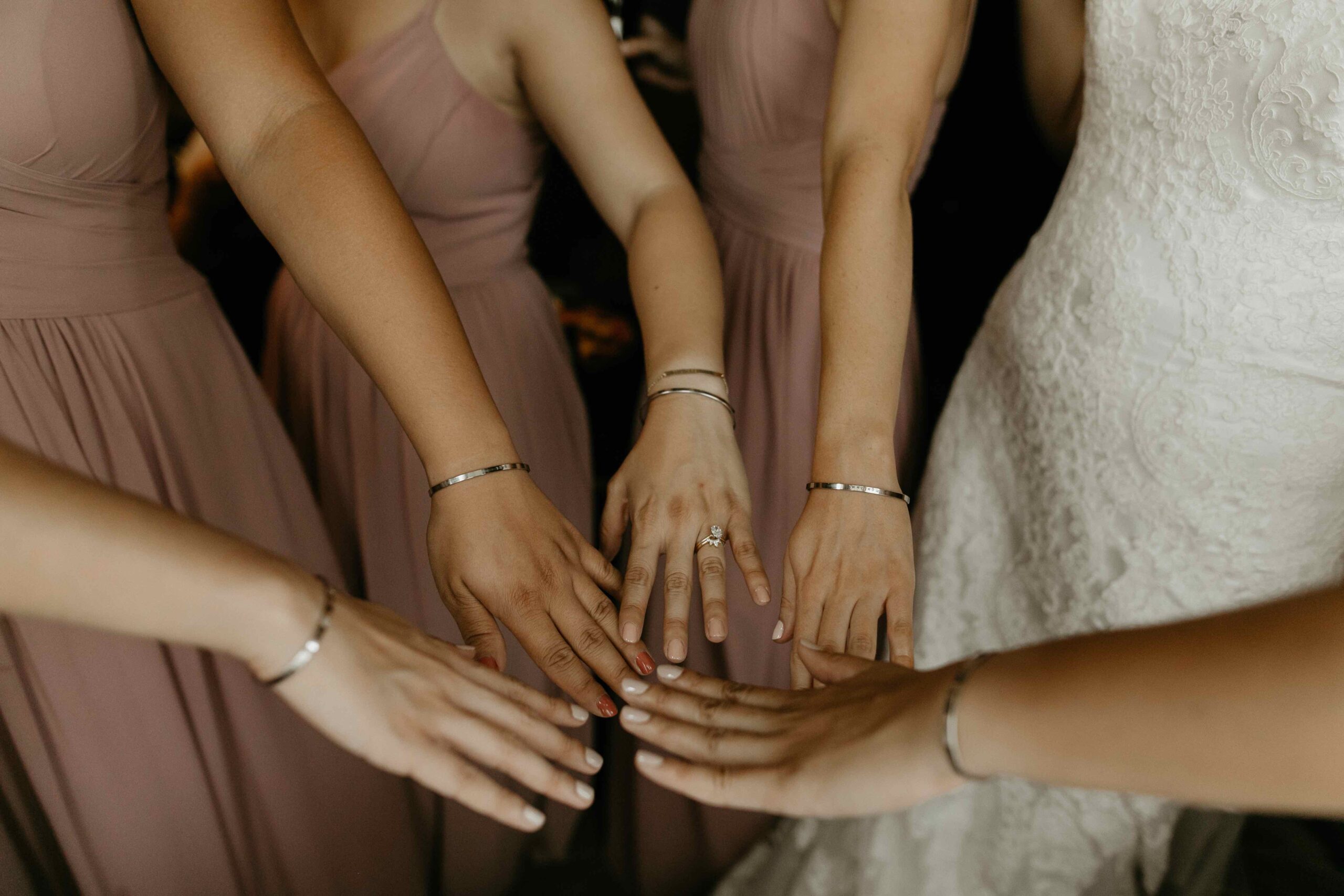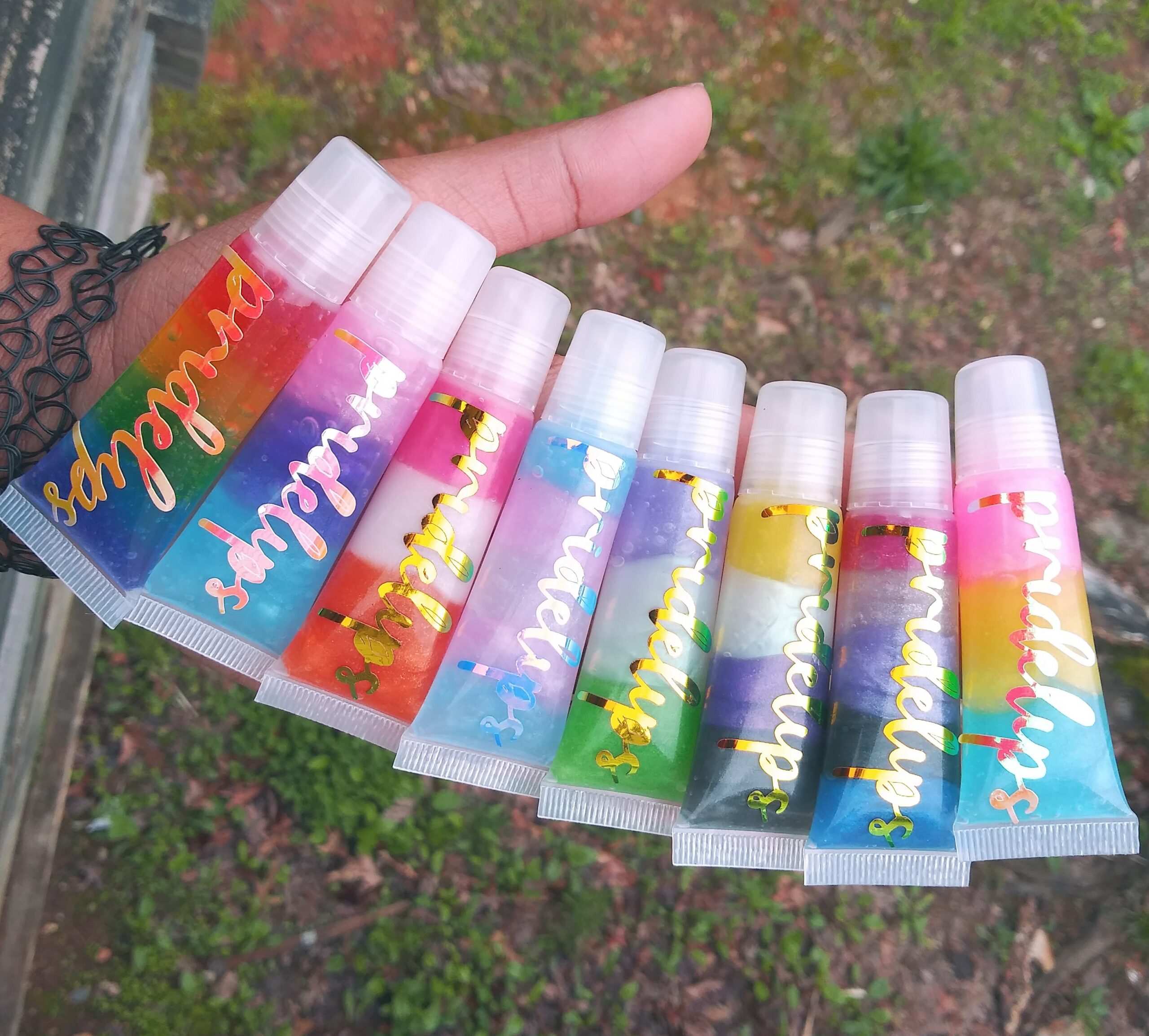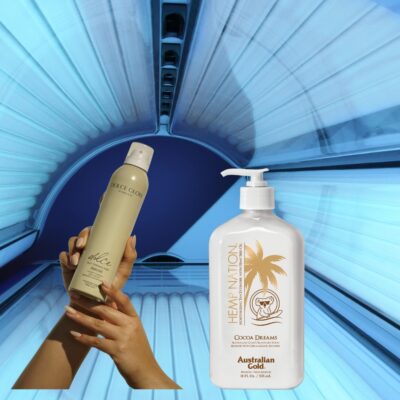
Etsy Is Back For Beauty In A Big Way—But It’s Not Without Problems
On April 3, when the White House Coronavirus Task Force and the Centers for Disease Control and Prevention recommended people wear cloth face coverings in public, the race was on to respond to the rush in demand for them. Etsy, the online marketplace of handcrafted goods, was perfectly positioned to mobilize its vast network of sellers to make and sell masks—and mobilize it did.
In Etsy’s second quarter ended June 30, 110,000 sellers sold 29 million face masks worth $346 million. But consumers didn’t just buy masks. Beauty and personal care sales surged 187%. Overall, the company’s second-quarter gross merchandise sales climbed 147% to $2.7 billion. Its revenue for the quarter was $439 million, a 137% jump from the year ago period, and gross profit increased 159.1% to $317.4 million.
Writing in Bloomberg Opinion, Sarah Halzack exclaimed Etsy is having a “gangbusters year.” It joined the S&P 500 last month and has been its best-performing stock in 2020. The performance has pushed Etsy into beauty industry conversations in way it hasn’t been since the mid-2010s when beauty brands like Herbivore and French Girl Organics made the marketplace a beauty product hunters’ dream.
Etsy’s reemergence as an e-commerce force hasn’t gone completely smoothly. Faced with the welcome problem of big business, some sellers struggled to fulfill orders, and they report Etsy eliminated them from its platform with little regard. And some sellers with sales gushing believe Etsy stemmed the flow of shoppers to their listings in order to spread the wealth. Many argue Etsy has curbed what could be even greater growth.

For Saya Designs, Etsy’s revival has been a boon. The recycled wood hair accessories seller’s sales tripled in April and caused it to have out-of-stocks. Founder Victoria Jones reasons the pandemic-sparked slant to e-commerce shopping and Etsy’s communality led to its sales skyrocketing.
“The benefit of being on Etsy is that, as it’s an online marketplace, it has a bit of a shopping/retail feel and experience that we are missing from COVID,” she says. “It brings all these small shops together, which makes it easy and fun to use.” Speaking as a seller, Jones adds, “It’s very active in my opinion. I find other platforms just don’t have the same kind of interaction and traffic.”
Raiden Eldridge, founder of Pride Lips, agrees and points out his lip gloss line can reach people on Etsy it couldn’t on competitor portals. “Etsy is also easier to join and use compared to other sites and very good for beginners or those without an established customer base,” he says. The platform had nearly 60.3 million active buyers as of the second quarter. Last year, it had almost 43 million last year. Pride Lips was featured by Etsy for Pride Month in June and in a section on it focused on Black-owned businesses that launched after Black Lives Matter protests spread in the wake of the killing of George Floyd. The line’s sales have intensified amid the pandemic.
“Other platforms just don’t have the same kind of interaction and traffic.”
Pride Lips’ Etsy success has come with a caveat. After it registered a bump in orders over the summer, the marketplace sent Eldridge a message letting him know it would limit the number of times Pride Lips appeared in its search. The move didn’t have to do with a lack of customer satisfaction, according to Eldridge.
“I was over a week ahead of my processing time and was consistently getting out my orders,” he says. “To me, it doesn’t seem fair to be restricted just because I’m doing well. Whether I’m receiving more than I can handle should be my decision and, even once my open orders got to zero, the negative effects of my placement in Etsy search remains.”
Camilla Barcan, who started selling custom bracelets on Etsy in 2011, was one of the thousands of sellers answering Etsy’s call to action to produce masks. She says, “We went overnight from having a sale every day or so to a sale every few minutes or less.”

Barcan acknowledges the sales rush became unmanageable for her. However, she didn’t expect Etsy to pounce on the issue without warning. Without notice or guidance, Barcan got an email from the platform in June informing her that her shop would be shut down. It offered no explanation for the closure. Barcan says, “The only issue I can think we had was that many packages were delayed due to COVID, and customers were becoming restless.”
Since last year, Etsy has had a policy holding that sellers should have less than 1% of their orders result in an unsatisfactory customer experience. In other words, sellers’ order dissatisfaction rate or ODR should be under 1%. Per Etsy’s website, the ODR is calculated by “the number of orders with low reviews (two stars or less) or cases against your shop divided by the number of orders a shop received, over a given period of time.”
The policy has confronted a backlash from sellers and prompted a petition on change.org that, as of Monday, 4,729 people signed. Barcan asserts it contributed to the shuttering of her Etsy shop. She says, “Etsy didn’t want their customers to stop returning due to our poor customer service, which could have been prevented if the satisfaction rate had a little more room to survive as a small business.”
“Etsy was not helpful or flexible in understanding that we were constantly adapting to this new normal.”
Barcan says Etsy gives extensions for bills and removed charges for mask listings, and contends shop owners like her should be given more customer service grace. “There was no real push for customers to understand the USPS delays or any leniency for mistakes during this trying time,” she maintains. “Etsy was not helpful or flexible in understanding that we were constantly adapting to this new normal.”
Another unpopular policy enacted prior to the pandemic involves Etsy’s advertising program. It automatically enrolls shops in offsite ads and takes a cut of the transaction if a purchase is made within 30 days. Etsy shops generating $10,000 within 12 months are allowed to opt out but, Eldridge says shops should have full control and transparency regarding when and how their products are being advertised.
“It seems Etsy created this, automatically opted everyone in, and made it mandatory for some of us under the guise that they’re helping us, but really to make themselves money, not to mention Etsy already takes out a huge amount in fees and the offline marketing fee easily doubles or triples that amount,” explains Eldridge. Barcan notes the offsite ads were driving new customers not used to Etsy’s handmade specialty who were anticipating deliveries at the speed of Amazon. Beauty Independent reached out to Etsy for comment and hasn’t heard back.

Etsy’s flaws haven’t prevented Eldridge and Barcan from viewing it as a critical vehicle for sellers, particularly those starting out online. To them, the pandemic further proved its importance. “Many people were unable to leave home to shop. Many needed a way to make money from home and, in a time of crisis, a lot of people just need something to keep them going,” says Eldridge. “Etsy offers those solutions in a way that benefits small business owners instead of corporations that some would rather not support.” He has no plans to remove Pride Lips from the marketplace. He says, “It is a great place for me to find customers that can help me build my fan base both on and away from Etsy.”
If Barcan’s shop hadn’t been shutdown, she would’ve continued working with the platform. She advises sellers to diversify their platforms to ensure that, should Etsy shutter their shops, they have alternatives. “Use Etsy as a garnish not a main course,” she counsels. “Have it there to help create sales, but do not put your energy into it. Focus on your personal website and building your brand. These are things that are yours. On Etsy, you are at risk of having the rug pulled out from under you without a moment’s notice.”
For consumers interested in sustaining Etsy sellers beyond its marketplace, Barcan suggests, “Ask them for their email or find them on Instagram. Support them directly.”
KEY TAKEAWAYS
- Etsy has had an incredible year. The company’s second-quarter gross merchandise sales climbed 147% to $2.7 billion. Its revenue for the quarter was $439 million, a 137% jump from the year ago period, and gross profit increased 159.1% to $317.4 million.
- Beauty and personal care has benefited from the revival of Etsy, which was a key player in the rise of indie beauty brands such as Herbivore and French Girl Organics. In the second quarter, beauty and personal care sales surged 187%.
- Etsy has come under fire from sellers who assert it's taken steps to limit what could be even greater growth on its platform.
- Dealing with a rush of orders, some Etsy sellers couldn't keep up. The platform has a customer service policy stipulating that sellers have to keep their order dissatisfaction rates under 1%. Sellers have been shut down if they couldn't stay below a 1% ODR.
- Camilla Barcan's Etsy shop was shut down. Etsy gave her no reason why it shut the shop down, but she figures it had to do with customer service stumbles. She argues sellers should be given more leeway to deal with customer service issues.
- Raiden Eldridge, founder of lip gloss line and Etsy seller Pride Lips, received a message from the online marketplace letting him know it would limit the number of times Pride Lips appeared in its search. He believes Etsy was attempting to spread out the wealth among sellers.
- Etsy's advertising policy has faced a backlash from sellers. It automatically enrolls shops in offsite ads and takes a cut of the transaction if a purchase is made within 30 days. Etsy shops generating $10,000 within 12 months are allowed to opt out. Sellers contend there should be increased transparency around advertising, and they should be permitted to have more control.
- Sellers should diversify the online platforms they are on to prevent severe damage to their businesses by Etsy taking action against them.





Leave a Reply
You must be logged in to post a comment.